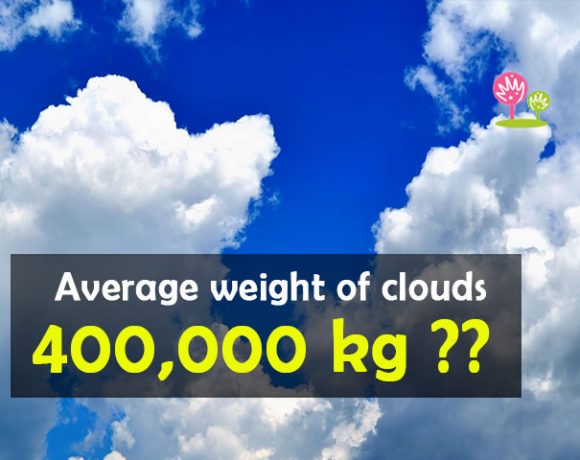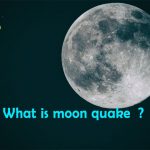The deadliest hurricane !!

A cyclone is a large scale air mass that rotates counter-clockwise in the Northern Hemisphere and clockwise in the Southern Hemisphere when viewed from above (opposite to an anticyclone). Cyclones are defined by inward spiralling winds that rotate around a low pressure zone. Polar vortices and extratropical cyclones of the largest scale are the largest low-pressure systems (the synoptic scale). Warm-core cyclones, such as tropical and subtropical cyclones, are also included in the synoptic scale. Mesocyclones, tornadoes, and dust devils are examples of mesoscale phenomena. Upper level cyclones can form without the presence of a surface low and can pinch off from the base of the tropical upper tropospheric trough in the Northern Hemisphere during the summer months. Cyclones have also been observed on other planets, including Mars, Jupiter, and Neptune. Cyclogenesis is the process by which cyclones form and intensify. Extratropical cyclones form as waves in large areas of increased mid-latitude temperature contrasts known as baroclinic zones. As the cyclonic circulation closes and intensifies, these zones contract and form weather fronts. Extratropical cyclones occlude later in their life cycles as cold air masses undercut warmer air and form cold core systems. The steering flow of the subtropical jet stream guides a cyclone’s path over the course of its 2 to 6 day life cycle.
Formation of Cyclones
The development or strengthening of cyclonic circulation in the atmosphere is referred to as cyclogenesis. Cyclogenesis is an umbrella term for a variety of processes that all result in the formation of a cyclone. It can occur at various scales, ranging from the micro to the synoptic. Extratropical cyclones form as waves along weather fronts before occluding as cold-core systems later in their life cycle. When a warm seclusion occurs, however, some intense extratropical cyclones can become warm-core systems. Tropical cyclones have a warm core and form as a result of significant convective activity. Mesocyclones form over land as warm core cyclones and can result in tornado formation. Waterspouts can form from mesocyclones, but they are more likely to form in environments with high instability and low vertical wind shear.
Amazing facts about Cyclones
Typhoons, hurricanes, and cyclones are all the same thing. Hurricanes can be found in the Atlantic, typhoons in the Pacific Northwest, and cyclones in the Indian and South Pacific oceans.
A hurricane’s eye is generally calm and clear.
Due to the rotation of the Earth, storms rotate clockwise in the Southern Hemisphere and counterclockwise in the Northern.
Hurricanes were first named by the National Hurricane Center in 1953. Men’s names were added in 1979, replacing women’s names.
Storm surges can reach at least 19 feet in height and can extend for up to 90 miles, depending on where they occur.
When the eye of a hurricane crosses the coastline, it is said to have made landfall.
The deadliest hurricane on record in the United States struck Galveston, Texas, in 1900, killing 8,000 people due to 15-foot storm surge.
A massive hurricane can produce enough energy equivalenn to ten atomic bombs in a single second.
A typical white cloud weighs about 216,000 pounds. A typical hurricane in North America holds about 108 billion pounds of water.
The Great Red Spot on the Moon Jupiter is a massive hurricane that has been circling the planet for approximately 300 years. It is twice the size of Earth.
The Indian subcontinent is one of the world’s worst-affected regions. With an 8,041-kilometer-long coastline, the subcontinent is vulnerable to nearly 10% of the world’s tropical cyclones.
Every year, cyclones hit Andhra Pradesh, which is located on the east coast of peninsular India.
















